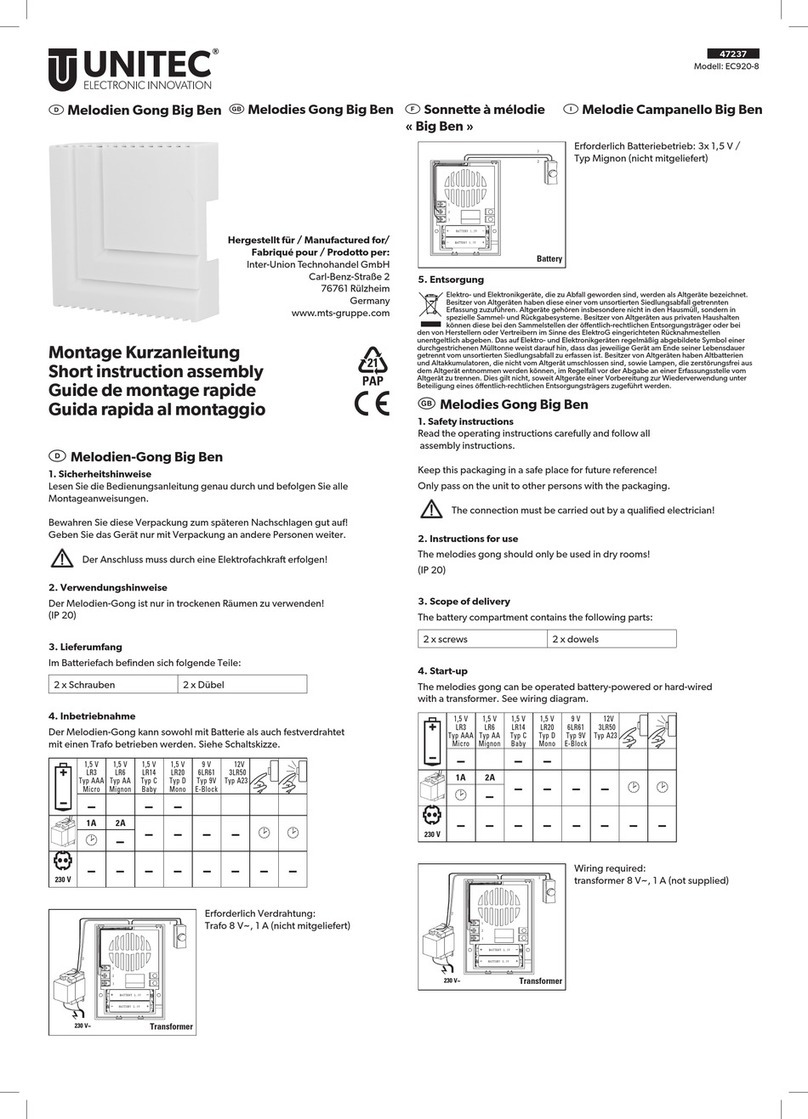
P O R T A L T I +
Portal Installation Manual i
Document #: PTL1001
Table of Contents
1Site Planning and Preparation ......................................................................................................1
1.1 General..................................................................................................................................1
1.2 Mounting Options...................................................................................................................1
1.3 Positioning the Portal.............................................................................................................1
1.3.1 In-Bay Applications ......................................................................................................................1
1.3.2 Express Wash Applications..........................................................................................................2
1.4 Electrical Preparation.............................................................................................................4
1.4.1 Conduit Installation.......................................................................................................................4
1.4.2 Power Requirements....................................................................................................................6
1.4.3 Site Wiring Requirements ............................................................................................................6
2Mechanical Installation ..................................................................................................................7
2.1 Hardware Required................................................................................................................7
2.2 Recommended Tools.............................................................................................................7
2.2.1 Mechanical Installation Tools.......................................................................................................7
2.3 Base Installation ....................................................................................................................8
2.4 Brick-In Installation ................................................................................................................9
2.4.1 Brick-in Mounting Options............................................................................................................9
2.4.2 Positioning the Portal.................................................................................................................10
2.4.3 Brick-in Guidelines.....................................................................................................................13
3Electrical Installation....................................................................................................................17
3.1 Hardware Required..............................................................................................................17
3.2 Recommended Tools...........................................................................................................17
3.3 General................................................................................................................................17
3.4 Connecting Power ...............................................................................................................18
3.5 Network Connection ............................................................................................................20
3.6 Telephone Cable .................................................................................................................21
3.7 Wash Control Wiring............................................................................................................22
3.7.1 Overview....................................................................................................................................22
3.7.2 Wiring the Wash Relay Interface................................................................................................23
3.7.3 Wiring the Wash-In-Use Interface..............................................................................................25
3.8 Intercom Systems................................................................................................................27
3.8.1 Overview....................................................................................................................................27
3.8.2 Intercom Connections................................................................................................................27
3.8.3 Intercom Adjustments ................................................................................................................27
3.8.4 Connection Overview.................................................................................................................28




























